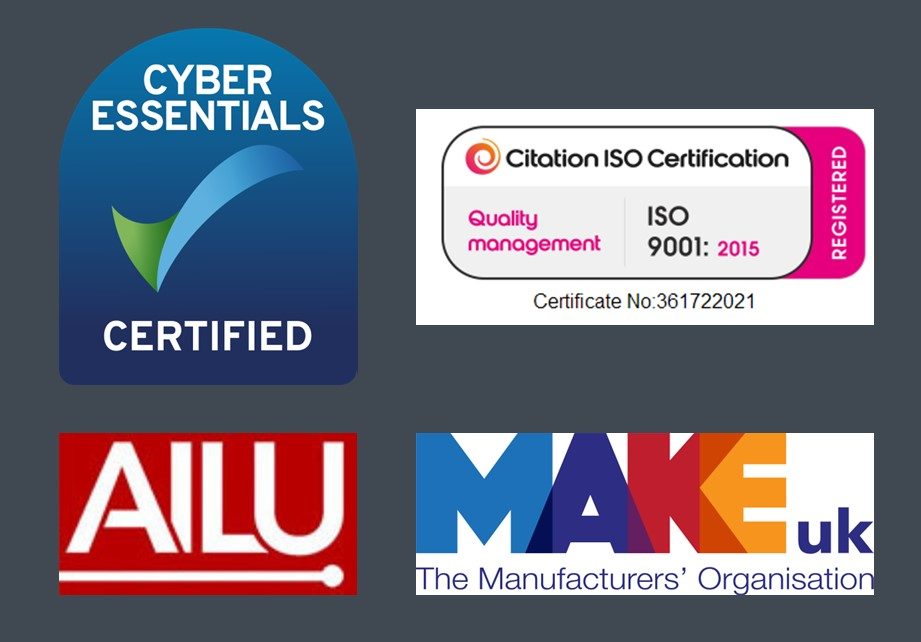Mastering Tig Welding Aluminum Techniques for Stronger Joints and Improved Performance in Every Project
In the realm of metal fabrication, mastering TIG welding aluminum is crucial for achieving strong joint integrity and enhanced project outcomes. According to a report by the American Welding Society, aluminum accounts for approximately 70% of welding applications in the aerospace industry, showcasing its significance in high-performance environments. The precision and control offered by TIG welding techniques allow welders to produce consistently high-quality welds with superior strength and aesthetic appeal.
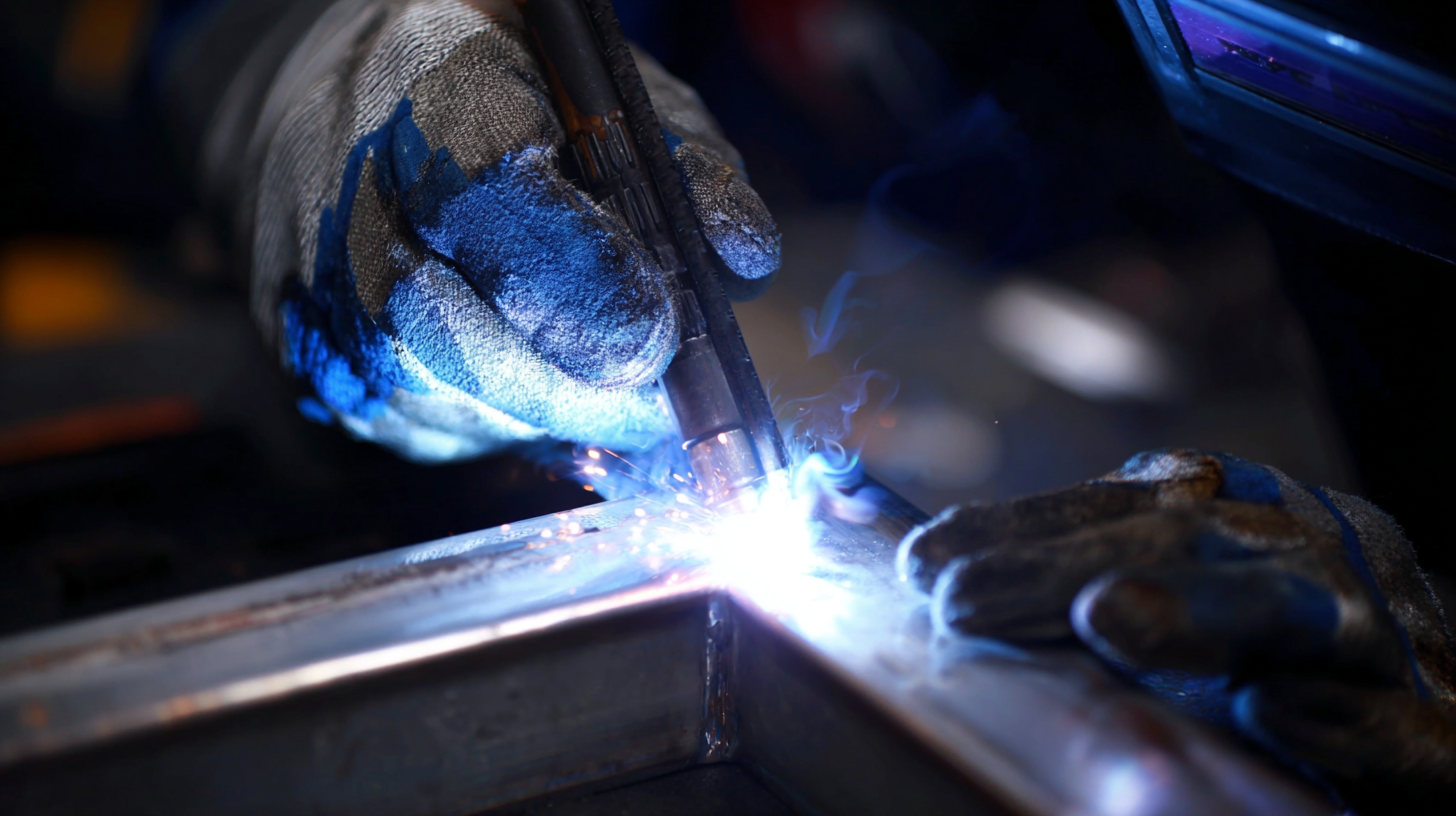
Moreover, industry studies indicate that proper training and technique improvement can lead to a reduction in weld defects by up to 30%, ultimately saving time and resources. As professionals strive for excellence in their projects, understanding the nuances of TIG welding aluminum is essential for delivering reliable and efficient performance.
Mastering the Basics of TIG Welding: Tools and Techniques Every Welder Should Know
 TIG welding, known for its precision and versatility, is an essential skill for any welder looking to enhance their craft. Mastering the basics involves understanding the key tools necessary for effective welding. The TIG torch, with its ability to produce a clean, controlled arc, is at the heart of this process. Additionally, choosing the right tungsten electrode and filler material is crucial, as these components significantly influence the quality of the weld. Familiarity with welding machines and their settings can make a substantial difference in achieving optimal results.
TIG welding, known for its precision and versatility, is an essential skill for any welder looking to enhance their craft. Mastering the basics involves understanding the key tools necessary for effective welding. The TIG torch, with its ability to produce a clean, controlled arc, is at the heart of this process. Additionally, choosing the right tungsten electrode and filler material is crucial, as these components significantly influence the quality of the weld. Familiarity with welding machines and their settings can make a substantial difference in achieving optimal results.
Techniques are just as vital as tools in TIG welding. A proper hand movement technique, such as maintaining a steady travel speed and angle, can markedly increase the strength and aesthetics of the weld. Additionally, knowing how to manage heat input and manipulate the puddle is essential for preventing defects like warping or burn-through. Practicing stringer beads and weave patterns will build confidence and skill, making each project more successful. With time and dedication to mastering these fundamentals, welders can greatly improve their performance and achieve stronger joints in their aluminum welding tasks.
Understanding Aluminum Alloys: Choosing the Right Material for Optimal Weld Quality
When it comes to TIG welding aluminum, understanding the various aluminum alloys is crucial for achieving optimal weld quality. Aluminum is known for its lightweight and corrosion-resistant properties, but these benefits can vary significantly between different alloys. Each alloy has unique characteristics, such as strength, ductility, and thermal conductivity, which influence how they perform during the welding process. Familiarizing yourself with the specific properties of common alloys, such as 6061 for structural applications or 3003 for excellent workability, can enhance your project’s success.
Choosing the right alloy is not just a matter of preference; it directly impacts the strength and durability of the welded joints. For instance, some alloys, like 7075, are heat-treatable and offer exceptional strength but may require specific welding techniques to prevent cracking. On the other hand, alloys such as 4045 are designed for brazing and can provide good results with TIG welding when the appropriate filler material is used. By aligning the choice of alloy with the intended application, welders can ensure that their projects yield strong and reliable results, ultimately improving performance in every welding endeavor.
Mastering Tig Welding Aluminum Techniques for Stronger Joints and Improved Performance in Every Project
| Aluminum Alloy | Strength (MPa) | Weldability | Common Applications | Recommended Filler Material |
|---|---|---|---|---|
| 6061 | 305 | Good | Construction, Automotive | 4047 |
| 6063 | 210 | Excellent | Architectural Applications | 4045 |
| 7075 | 570 | Fair | Aerospace, Military | 7010 |
| 2024 | 480 | Poor | Aerospace Structures | 2011 |
Analyzing Heat Management: Key Factors Affecting TIG Welding Performance in Aluminum
Heat management is a crucial aspect of TIG welding aluminum, influencing both the quality of the weld and the overall performance of the final product. One of the primary factors affecting heat management is the settings of the welding machine, particularly the balance between the AC frequency and the amperage. High-frequency AC settings can help achieve a stable arc, which is essential for penetrating the aluminum surface without overheating the material. Additionally, employing a sufficient travel speed allows for better heat dispersion, reducing the chances of burn-through and warping.
Another critical element in heat management is the use of proper filler materials. The choice of filler rod can significantly affect the heat input and flow. For instance, using a filler rod with a melting point closer to that of the base aluminum can create a more optimized heat profile, enhancing the joint strength while preventing excess heat build-up. Also, utilizing a larger diameter tungsten electrode allows for increased heat concentration, thus providing better control over the welding process. Overall, understanding and mastering these heat management techniques are key to achieving stronger joints and improved efficiencies in every TIG welding project involving aluminum.
TIG Welding Aluminum Performance Analysis
This chart illustrates the correlation between heat management techniques and weld quality in aluminum TIG welding projects. Higher heat management scores reflect better performance in joint strength and appearance.
Common TIG Welding Defects and How to Prevent Them for Stronger Joints
TIG welding aluminum is a precise and skill-demanding process that can offer remarkable strength and performance when executed correctly. However, common defects such as porosity, lack of fusion, and distortion can undermine the quality of weld joints. A study on welding techniques indicates that improper heat management and inadequate arc stability can lead to these defects, thereby compromising joint integrity. For instance, controlling residual stress during welding can minimize warping and enhance overall performance, a measure corroborated by industry reports that advocate temperature regulation as a pivotal factor in preventing deformation.
Moreover, advancements in welding technology, such as the application of high-energy ultrasonic waves, show promise in refining MIG welding processes. This innovation has demonstrated its effectiveness in improving joint performance and reducing deformation in aluminum alloys like LC52. By incorporating these advanced techniques and understanding the root causes of common defects, welders can significantly enhance the quality and durability of their projects. Industry experts emphasize that continuous education on welding parameters and defect prevention is critical for achieving optimal results and achieving a reliable output in aluminum welding tasks.
Advancements in TIG Welding Technology: Enhancing Efficiency and Precision in Aluminum Projects
Advancements in TIG welding technology have dramatically transformed how we approach aluminum projects, enhancing both efficiency and precision. One of the most notable improvements is the introduction of inverter-based TIG welders, which offer greater control over the welding arc. These devices allow for adjustments in frequency and pulse duration, enabling welders to tailor their techniques to the specific requirements of aluminum welding. As a result, welders can achieve cleaner, more consistent welds with reduced distortion and minimized heat-affected zones.
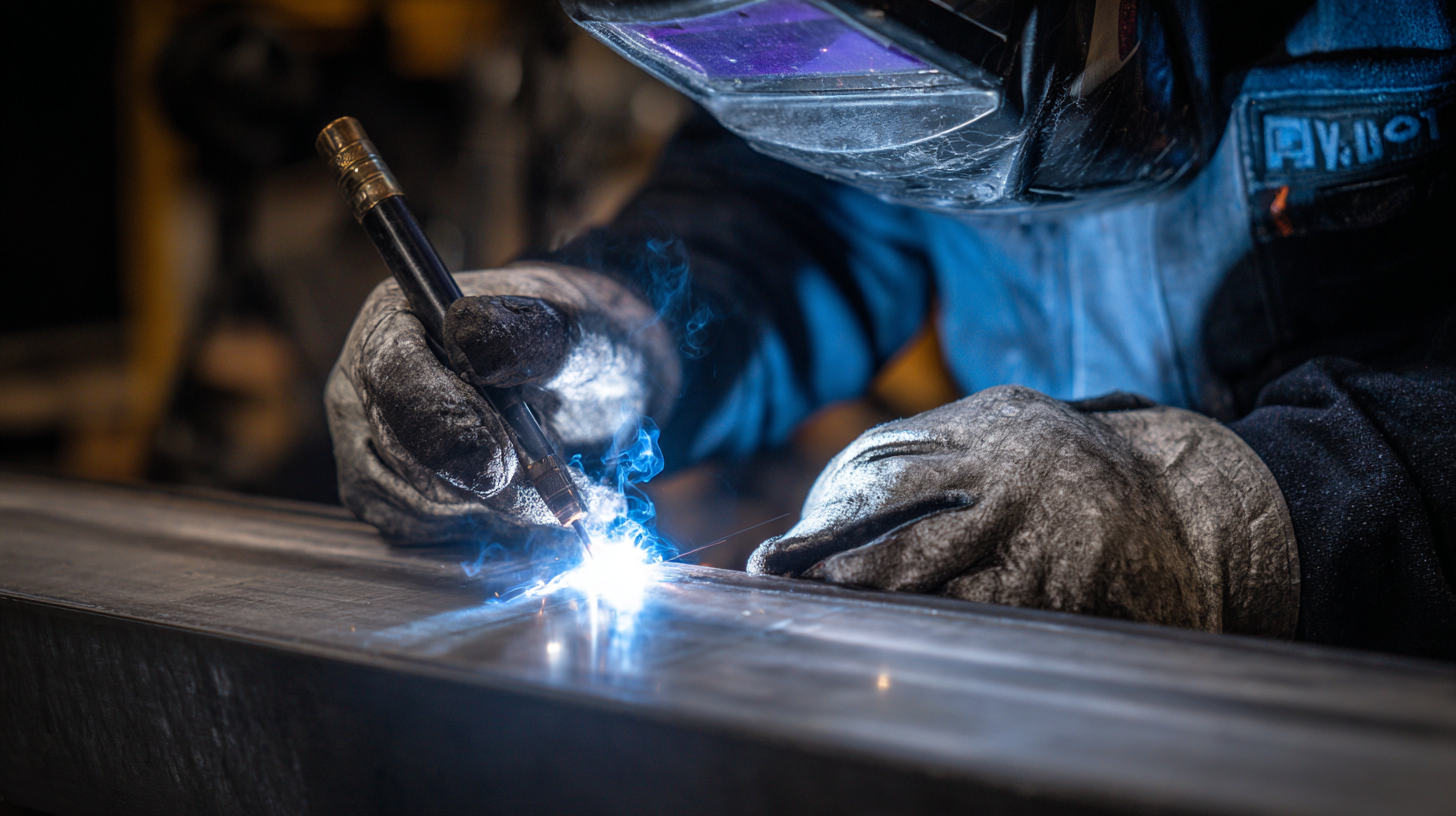
Furthermore, the advent of advanced filler materials and automated feeding systems has contributed significantly to the overall performance of TIG welding in aluminum applications. With specialized alloys designed for optimal compatibility, welders can now achieve stronger joints that resist cracking and corrosion. Automated wire feeding mechanisms enhance the welding process by ensuring a continuous and steady flow of material, thus increasing productivity and reducing the risk of human error. These innovations in TIG welding technology not only streamline the process but also empower welders to achieve exceptional results in their projects.
Related Posts
-

Revolutionizing Manufacturing: How Welding Automation Increases Efficiency by 30% and Reduces Costs
-
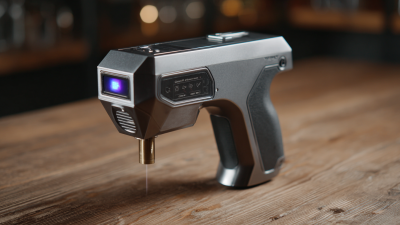
Exploring the Future: How Handheld Laser Welders Are Revolutionizing DIY Projects
-
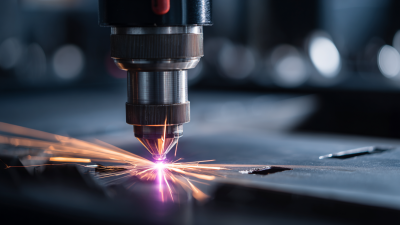
Unlocking Precision and Efficiency with Handheld Laser Welders in Modern Manufacturing
-
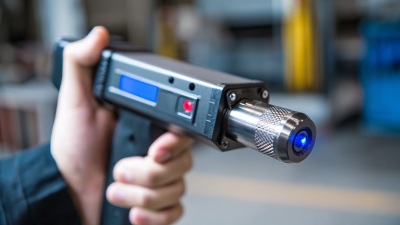
Exploring the Advantages of Hand Held Laser Welding Machines: Efficiency and Precision Unleashed
-
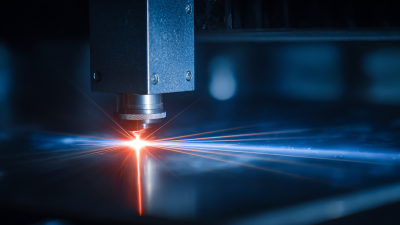
Understanding the Benefits of Laser Marking Technology in Modern Manufacturing
-

Unlocking the Future: How Micro Welders Are Revolutionizing Precision Manufacturing


